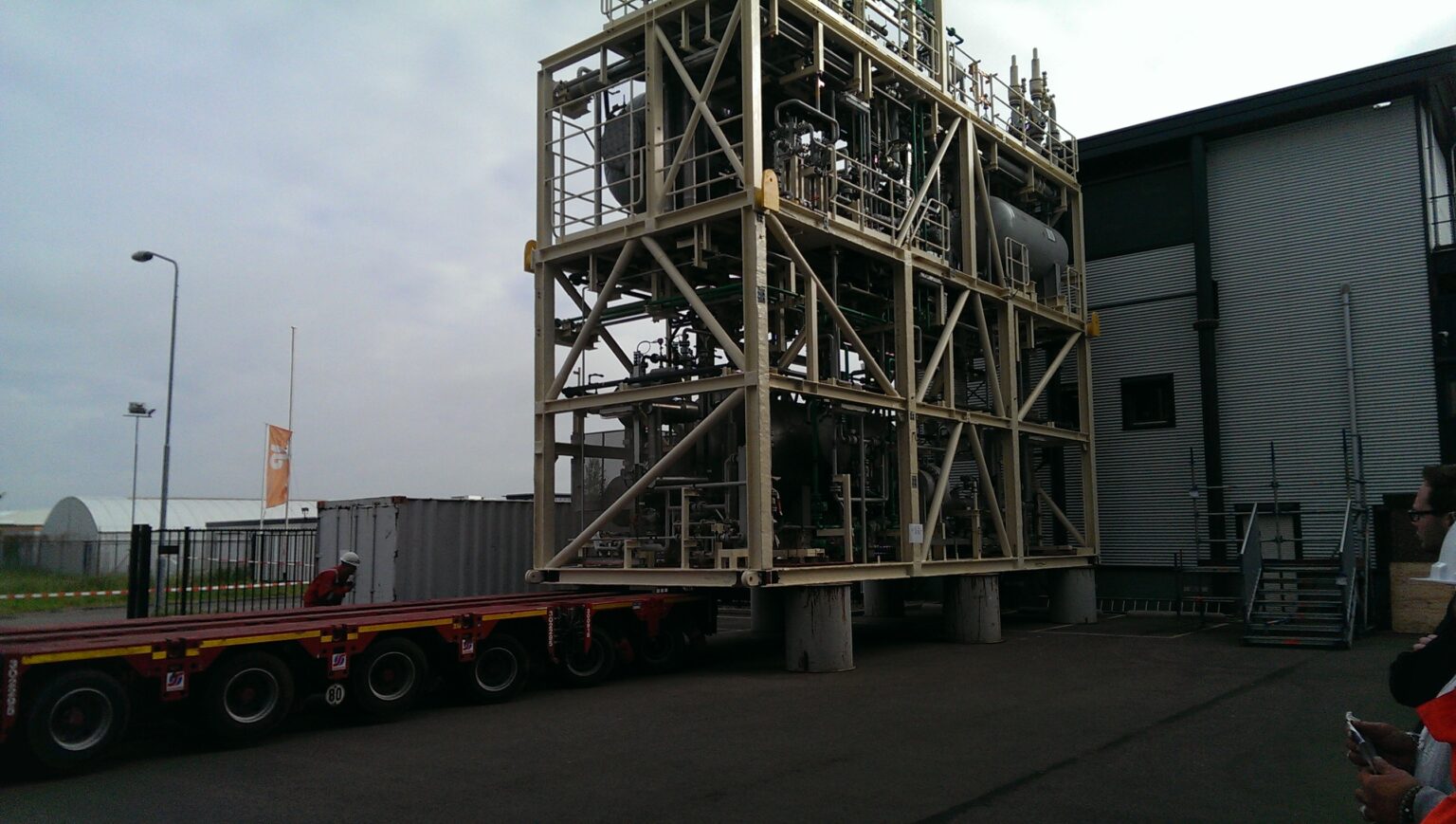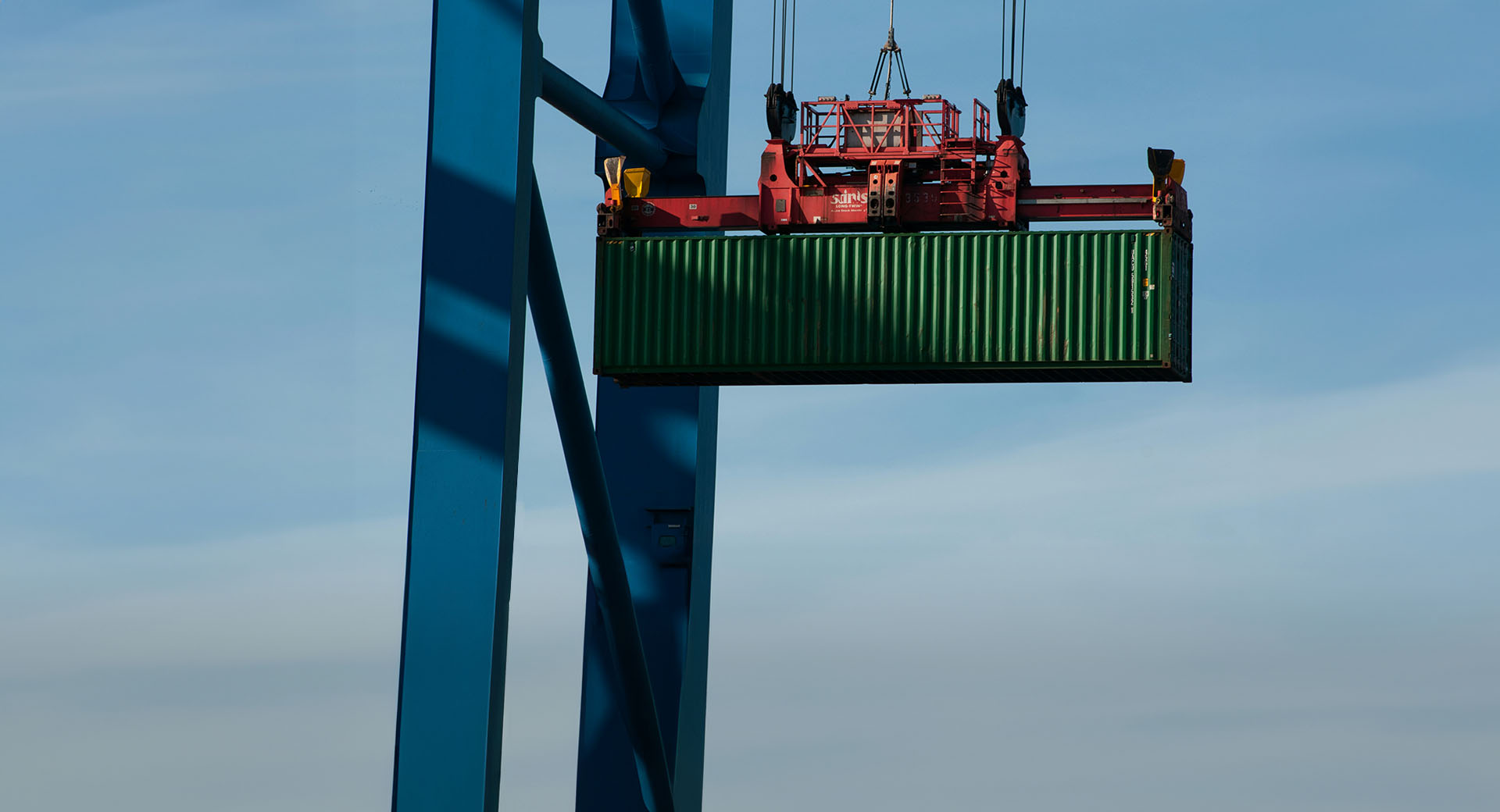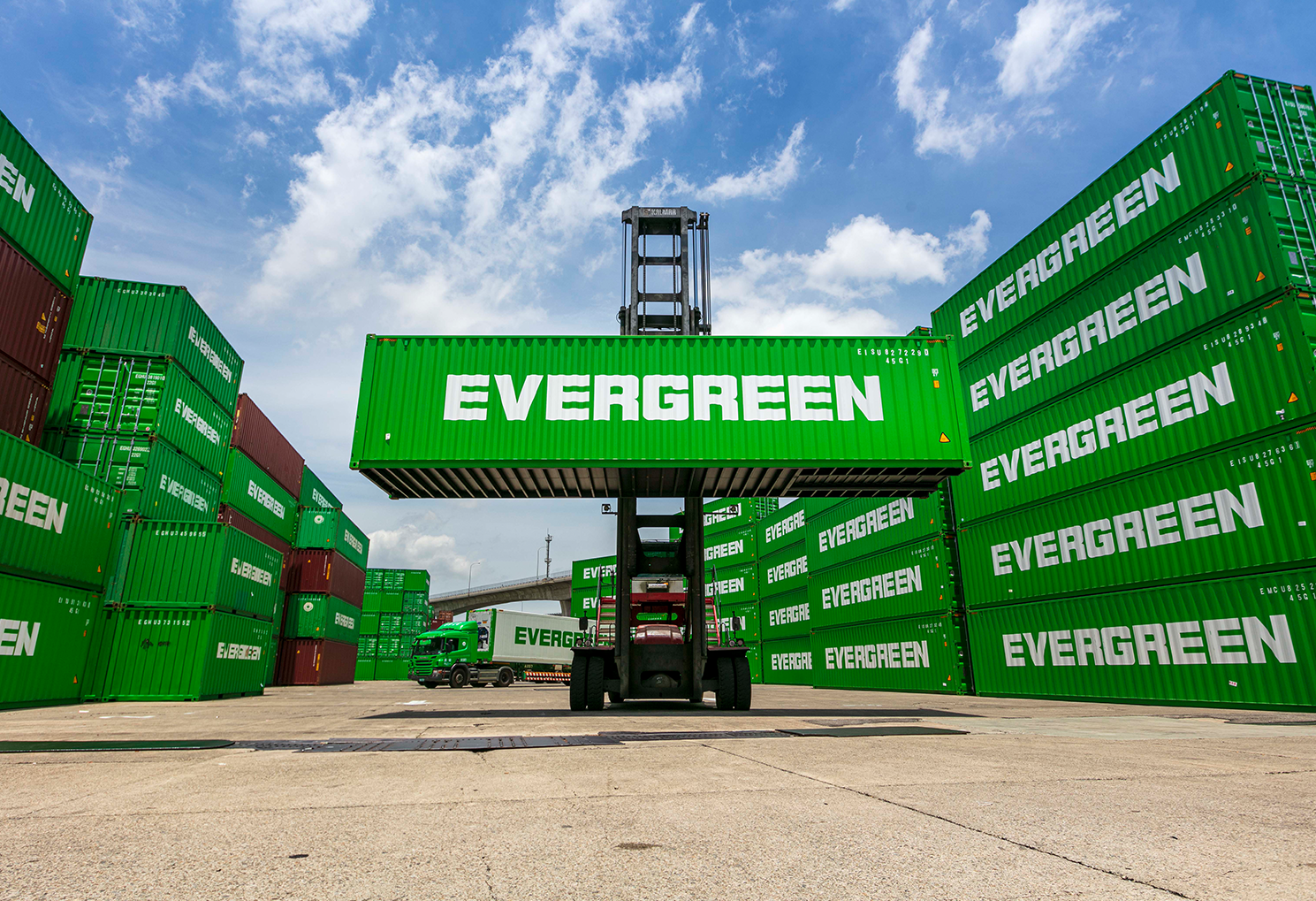Have you ever wondered how for example the bridge between Denmark and Sweden was put there in the first place? Most cargo fit into standard containers or conventional transporters. But how does one handle cargo that is particularly heavy or awkward in size or shape?
Heavy lift cargo requires individual transport planning
Characteristic for heavy lift cargo is the absence of standardization, which requires an individual transport planning. The items are oversized and impossible to split over different scheduled services. They need to be transported from one place to another and then lifted or installed into place.
Typical heavy lift items are generators, turbines, reactors, boilers, towers, casting, heaters, presses, locomotives, boats, satellites, military equipment and parts of oil rigs and production platforms. These items weight between approximately one and 1000 tons and can be more than 50 meters high and wide.
Heavy lift cargo transports by road, air and sea
It’s not unusual that heavy lift cargo requires several modes of transportation.
Special trucks or trailers with extra large loading areas often carry out transports by road. For air freight there are special large-volume aircrafts that carries up to 250 tons of freight.
Then there are heavy lift ships that are designed to carry excessively large loads – anything that is too large or heavy to be easily transported on a conventional ship. There are two types: semi-submerging ships (more commonly known as a flo/flo) that are capable of lifting another ship out of the water and transporting it; and vessels with unloading facilities at inadequately equipped ports.
The procedure of handling heavy lift cargo
Transportation of heavy lift cargo is probably one of the most challenging and complex services in logistics and needs to be handled by specialized companies. Every heavy item and project is different, presenting unique challenges and opportunities.
Key members of heavy lift cargo projects
Several members of the project crew have their specific task, which have to be fulfilled. The cargo loading officer who has the responsibility about the process needs the complete overview about the actual status. In addition, the crane operators and the operator of the ballast system have to operate and control the situation. In order to avoid damages of the cargo or ship during the loading process has to be well prepared.
Investigation and preparation of the infrastructure
It’s very important to explore what-if scenarios to ensure that you’re prepared for any eventuality, from investment in new equipment to the temporary closing of a trade lane. All possible risks must be identified, starting with the infrastructure. It’s often necessary to conduct a survey and important to plan the proposed route, which may include street signs, trees, road curvature, overhead clearances and other potential obstacles. This allows you to eliminate much of the uncertainty involved in moving large obstacles through densely populated areas.
It’s also necessary to prepare all the equipment, getting cranes and hoists in place, making sure there’s enough space not only on the ground but also up in the air.
There may be unexpected issues to consider, such as water. In the summer time the water levels increase in some areas and it’s no longer possible to transport the cargo under bridges. Slightest mistake in the planning can mean huge and unexpected costs.
Securing of heavy lift cargo for transportation
The safety and workflow in the loading process of heavy lift cargo is very important. Cargo that is not properly secured can cause severe accidents and lead to the loss of cargo, the loss of lives, the loss of vehicles, or cause environmental hazards.
Heavy lift items is sophisticated and expensive, which means you can’t just go to the warehouse and get another one. Heavy lift cargo is often customised orders that take months, sometimes even years, to produce. If the item is damaged it will cause serious problems for all parties involved. Teamwork is absolutely necessary. A well functioning team is highly motivated, flexible and can handle critical situations better and faster.
Did you find this article interesting? Maybe you have other aspects on how to handle heavy lift cargo? Please leave a comment in the field below! For more information about our solutions visit our website.
/Jan Carstens, Greencarrier Freight Services





